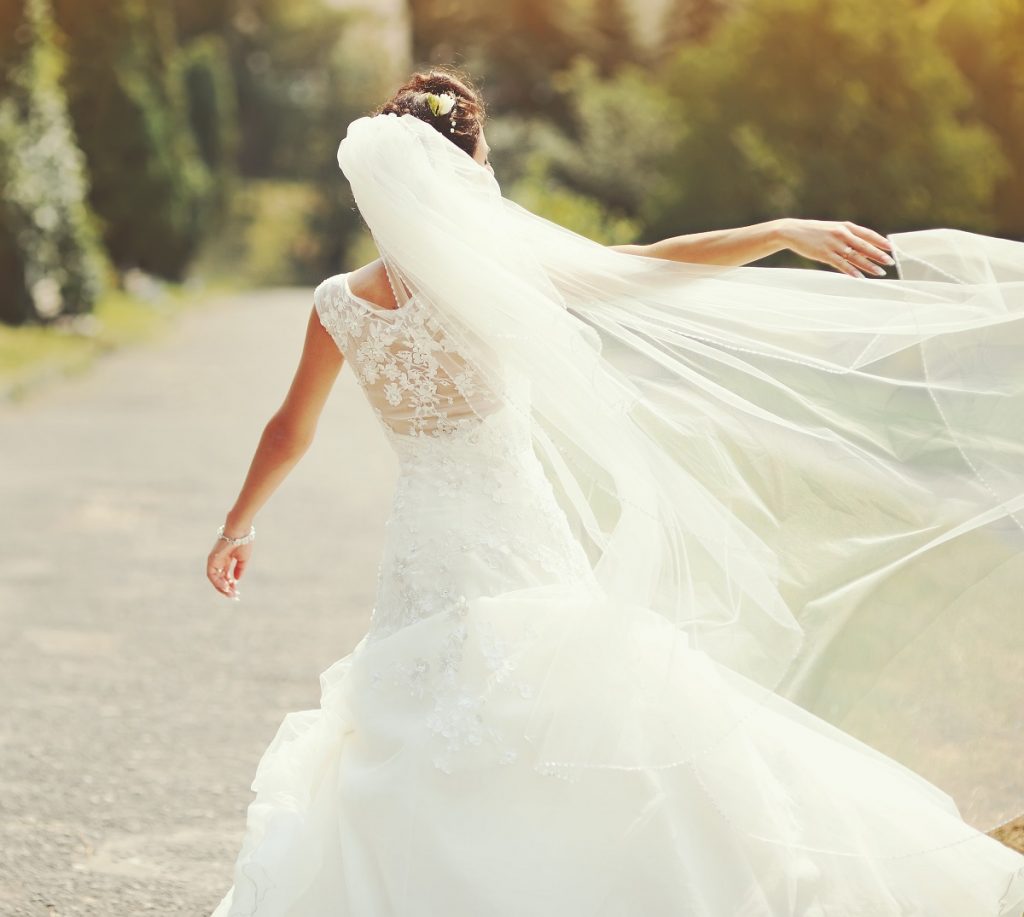Choosing the perfect wedding dress can be quite a stressful experience for many brides. The whole ordeal—from scouting to shopping and fitting to buying the dress—requires a lot of time and patience. It’s because the wedding dress is a statement piece that represents the bride’s transition from being a single woman to being a wife.
While they can choose from as many wedding dresses as possible in boutiques, brides may also consider the fabrics used in making these couture gowns. Aside from the attention to minute details—those that capture their beauty—they can also check out the materials used. Good thing some designers nowadays are making dresses that are made of eco-friendly materials, are produced sustainably, and have a low environmental impact.
Here are seven natural and sustainable fabric alternatives and textile innovations for your eco-couture gown:
1. Organic Cotton
Although it has the same quality as conventional cotton, organic cotton is grown from non-GMO seeds and without synthetic fertilizer, insecticide, or pesticide. Instead, it is grown using ancestral methods such as crop rotation, mixed farming, or no-till farming. It also uses 71% less water compared to conventional cotton. Thus, it poses no environmental challenges and does not expose farmers to harmful chemicals.
2. Wild Silk
Like conventional silk, wild silk is spun by undomesticated silkworms. It is also called “peace” silk due to its extraction process, which allows the moth to evacuate the cocoon first before boiling it to produce the silk. The process allows cocoons to hatch and breed, and in some cases, the cocoons are cut open, so the pupae are unharmed. It takes about seven to 10 days, after which, the shells are boiled to produce yarn.
3. Organic Linen

A natural fiber, linen is made from the cellulose fibers that grow inside the stalks of the flax plant. Growing flax requires fewer resources because it can even be grown in poor soil. It is even grown to rehabilitate polluted soil during land inspections. In most cases, flax is cultivated using the hydroseeding method, which involves using a high-pressure hose to apply seeds onto tilled soil.
4. Hemp
Hemp fabric shares similar properties to linen, so they are sometimes different to differentiate. It’s made from the hemp plant and spun into a fine, lush, silk-like fabric. The plant itself is eco-friendly because it doesn’t require much water and energy to grow. It’s also naturally pest-resistant. It can be grown in the same area for many years and renews the soil with every growth cycle.
5. Orange Fiber and Pineapple Fiber
Orange fiber is a sustainable fabric made from by-products of orange skins. Wastes from the juice industry are not disposed of but are repurposed into a soft and lightweight textile—silk-like, cellulose yarn—that blends well with other materials.
On the other hand, pineapple fiber is made from the leaves of harvested pineapples that are usually left to rot or are burned. The production process involves manually scraping the fibers from the leaves. The cellulose strands are washed, hung to dry, waxed to relieve any entanglements, whipped to remove any remaining plant tissue, and knotted to create a continuous filament yarn. Skilled artisans then weave the loom into fabric—plain or with an intricate design.
6. Bamboo
Growing bamboo is similar to cotton but requires fewer pesticides, leaving a smaller carbon footprint. The linen can be organically produced and sustainably processed, albeit a bit labor-intensive. It is made by crushing the woody parts of the bamboo. Using natural enzymes, the bamboo walls are broken down into a mushy mass so that the fibers can be combed out and spun into yarn. The linen is sometimes called bamboo rayon because of its similar texture.
7. Ramie/Stinging Nettle
Ramie or nettle fiber has been used in making clothes for many centuries. It was used in Denmark since the late Bronze Age. And before the advent of cotton, it was also popular in China. It is obtained from the ramie stem’s inner bark and is quite known for its strength and length, durability, absorbency, and luster. Since the nettle fiber is hollow, it’s comfortable because it’s filled with air inside and creates natural insulation.
The perfect wedding dress makes the bride the most confidently beautiful woman in the universe during her wedding day. It’s also best to consider the principle of sustainable fashion when choosing the perfect wedding dress. Doing so will benefit the people involved in the fashion supply chain—farmers, consumers, and those working in recycling factories.

